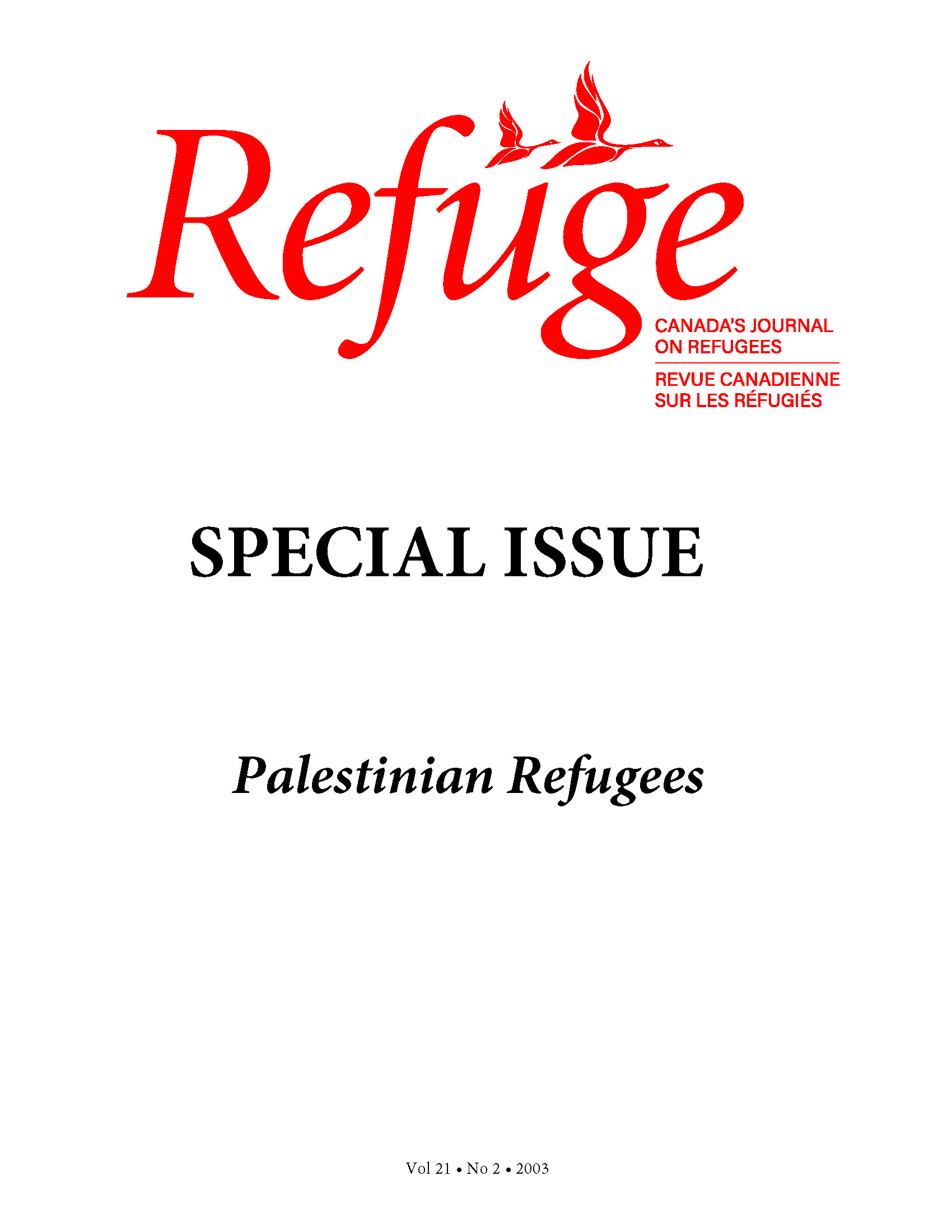The U.S.-Proposed “Trusteeship Agreement” for Palestine: The UN-Styled Plan That Could Have Avoided Forcible Displacement of the Palestinian Refugees in 1948
DOI:
https://doi.org/10.25071/1920-7336.21292Keywords:
Palestinian refugees, United Nations, forced displacement, law, human rights, trusteeshipAbstract
In this article, the author examines the U.S.-proposed “Trusteeship Agreement for Palestine,” circulated by the U.S. in the UN Security Council and in subcommittees of the General Assembly from March through May of 1948. The U.S. proposed a UN trusteeship for Palestine as a possible means to provide for a peaceful transition from the end of the British Mandate for Palestine into a new governmental entity that would provide equality under the law for all of its citizens. Notably, the proposed trusteeship arrangement would have avoided partition of Palestine. The author asserts that this, in turn, could have avoided the forcible displacement of three-quarters of a million Palestinian refugees in 1948, as well as Israel’s subsequent refusal to repatriate them. The author argues that the U.S.-proposed Trusteeship Agreement for Palestine sheds light on important norms of international law that existed in 1948 and that could, and should, have been followed by the United Nations in providing for the welfare and legal rights of all the inhabitants of mandate Palestine as the clock ticked down on the announced British withdrawal from Palestine as mandatory authority as of 15 May 1948.Metrics
Downloads
Published
How to Cite
Issue
Section
License
Copyright (c) 2003 Gail J. Boling

This work is licensed under a Creative Commons Attribution-NonCommercial 4.0 International License.
Refuge authors retain the copyright over their work, and license it to the general public under the Creative Commons Attribution-Non Commercial License International (CC BY-NC 4.0). This license allows for non-commercial use, reproduction and adaption of the material in any medium or format, with proper attribution. For general information on Creative Commons licences, visit the Creative Commons site. For the CC BY-NC 4.0 license, review the human readable summary.








